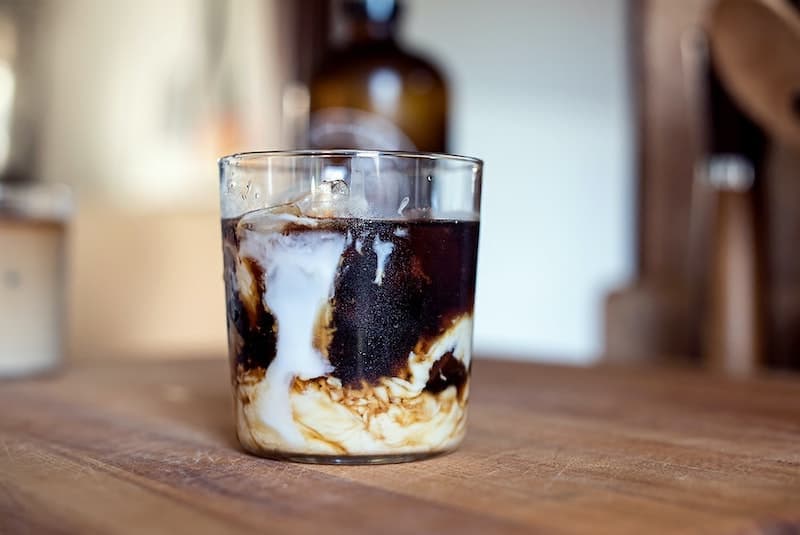
When it comes to coffee creamer, a little bit goes a long way. If you only add a splash or two of creamer to your coffee, you probably find yourself getting close to the expiration date before you finish the bottle. In general, you should not use creamer that is past its expiration date. There are some exceptions to this rule, however, which we will talk about.
In this article, we cover everything you need to know about coffee creamer expiration. We discuss liquid vs. powdered creamer and dairy vs. non-dairy creamer, so whichever creamer is your favorite, we’ve got you covered. Let’s begin!
Best before dates vs. expiration dates

It is important to clear up some misconceptions about best-before dates and how they differ from expiration dates. Many people make the mistake of using the terms interchangeably, but they actually have different meanings.
A best-before date generally indicates the timeframe after which products start to degrade in quality. Consuming something after its best-before date probably won’t harm you, but it might not taste as good as it did when it was fresh. Think of a use-by date as a recommendation rather than a firm rule.
On the other hand, expiration dates should be strictly adhered to since food or beverages with expiration dates are unsafe to have after the expiration date. Common examples of groceries with an expiration date are eggs and milk, and consuming them after the expiration date printed on their packaging could make you sick.
How Long Does Coffee Creamer Last?
1. Dairy vs. non-dairy creamer

Coffee creamer is either made from dairy products – like milk, half and half, or cream – or non-dairy substitutes. Dairy creamers need to be refrigerated after they’re opened and have expiration dates within a week or two of purchase. You shouldn’t use a dairy creamer after its expiration date since doing so could make you sick. Think of dairy creamers as a form of milk, and you’ll be on the right track.
Non-dairy creamers last much longer and can be stored at room temperature for a month or two until opened. Make sure you don’t store them near any heat sources since that can cause them to go bad even before they’re opened. However, once you open them, it’s safest to keep them in the refrigerator, where they will stay for one to two weeks.
A simple rule of thumb that applies to dairy and non-dairy creamers alike is to store them where you found them in the store. If you picked up the creamer in the refrigerated section at the supermarket, store it in the refrigerator immediately. If you found it on the shelf near the coffee, you can keep it at room temperature until you open it.
2. Liquid vs. powdered creamer

Every creamer comes with its own set of instructions and recommended guidelines for use, but in general, non-dairy powdered creamer will last indefinitely if it is stored properly. For the longest shelf life for powdered creamers, store them in a cool, dry place and make sure to seal the container tightly after you use it. Even though these non-dairy powdered creamers don’t technically go bad, their quality will start to drop after about six months or so. They’re still safe to use but won’t taste as good as they did when they were fresh.
Dairy powdered creamer can be stored and kept the same way you would keep condensed milk. Once the package is open, it’s best to use it right away since these spoil once the package is opened.
Which creamer is right for you?
If you are an avid coffee drinker that starts every morning with a cup of coffee, you can safely buy liquid dairy creamer if you prefer. There is little chance of it expiring before you use it since you drink coffee regularly.
However, if coffee is more of an occasional special treat for you, you’re probably better off purchasing powdered creamer. It lasts much longer than liquid creamer and doesn’t lose much flavor for the first few months. For the longest-lasting creamer, choose non-dairy powdered creamer.
RELATED READS:
- How To Make Coffee Creamer at Home
- How to Tell if Coffee Creamer Has Gone Bad
- 8 Best Coffee Creamers — Reviews & Top Picks
Featured Image Credit By: CC0 Public Domain, pxhere















